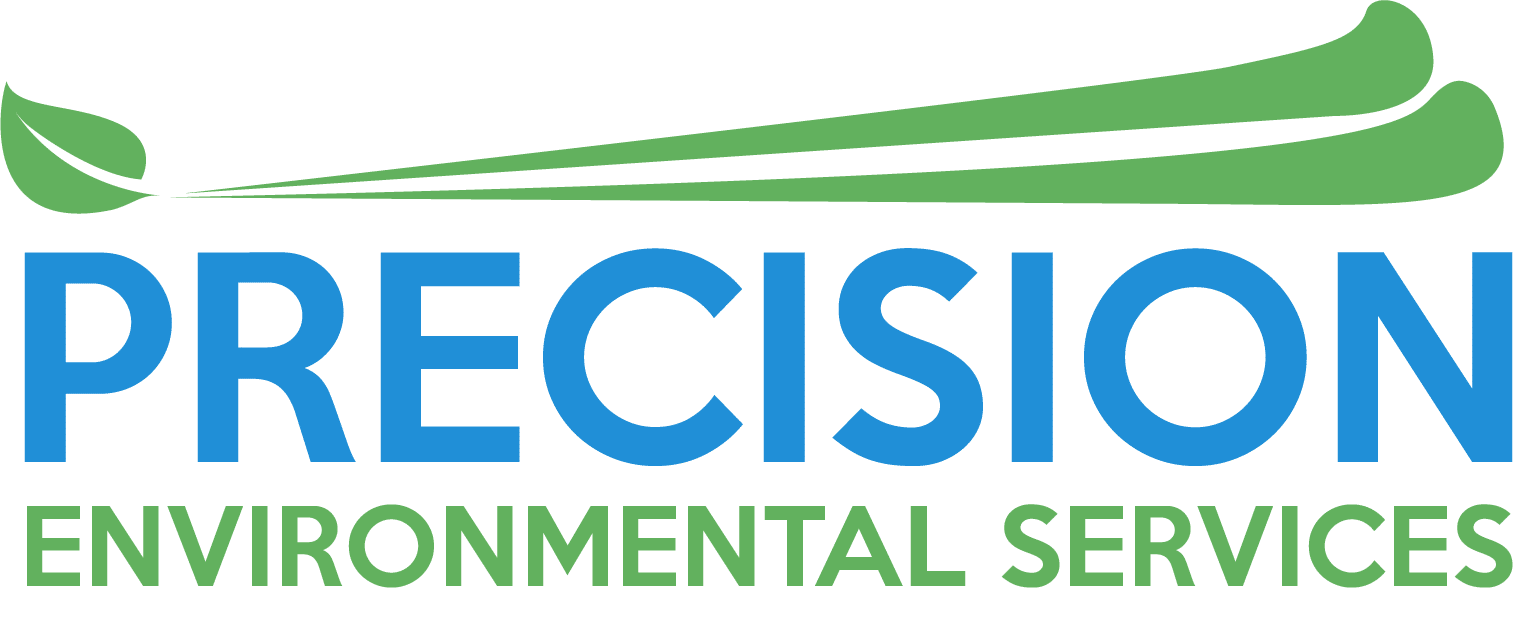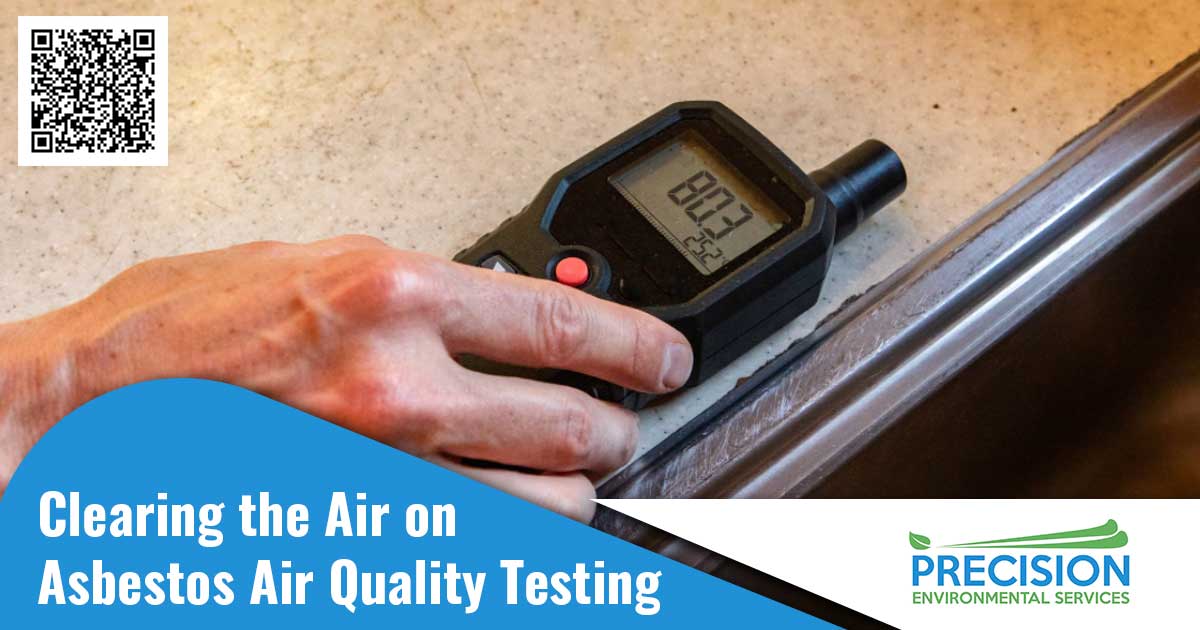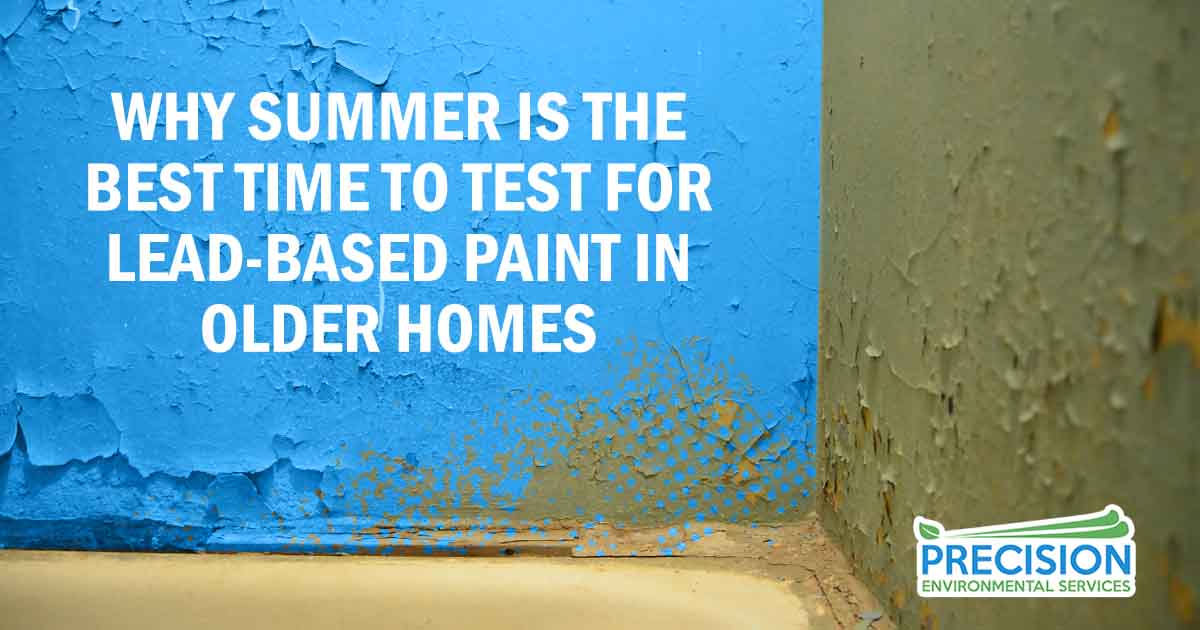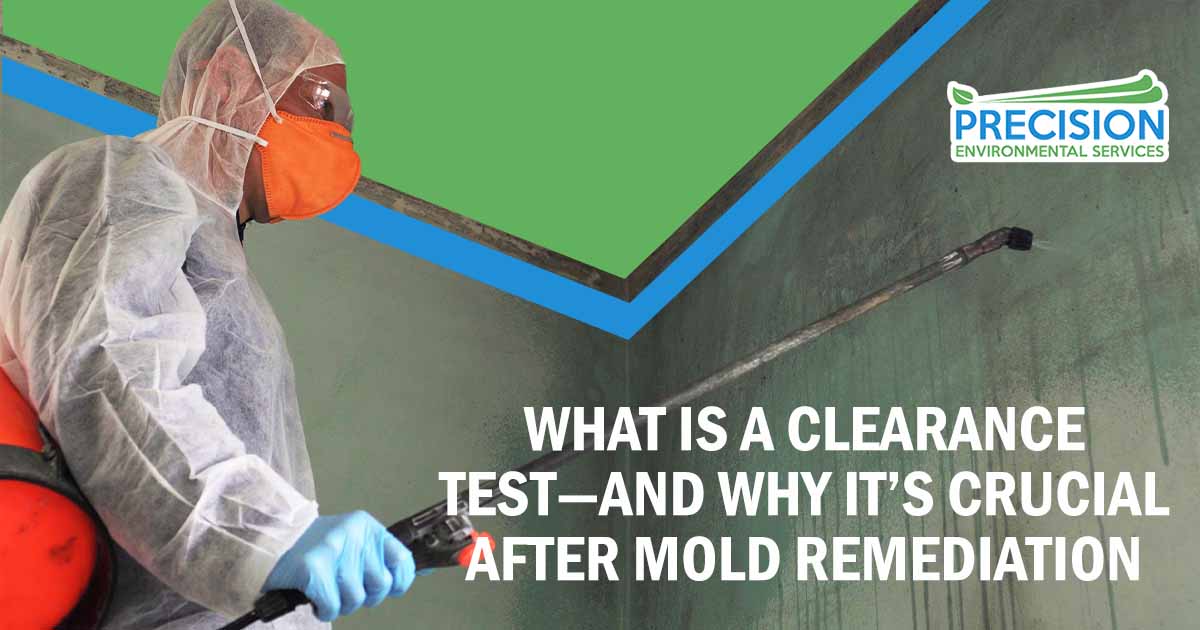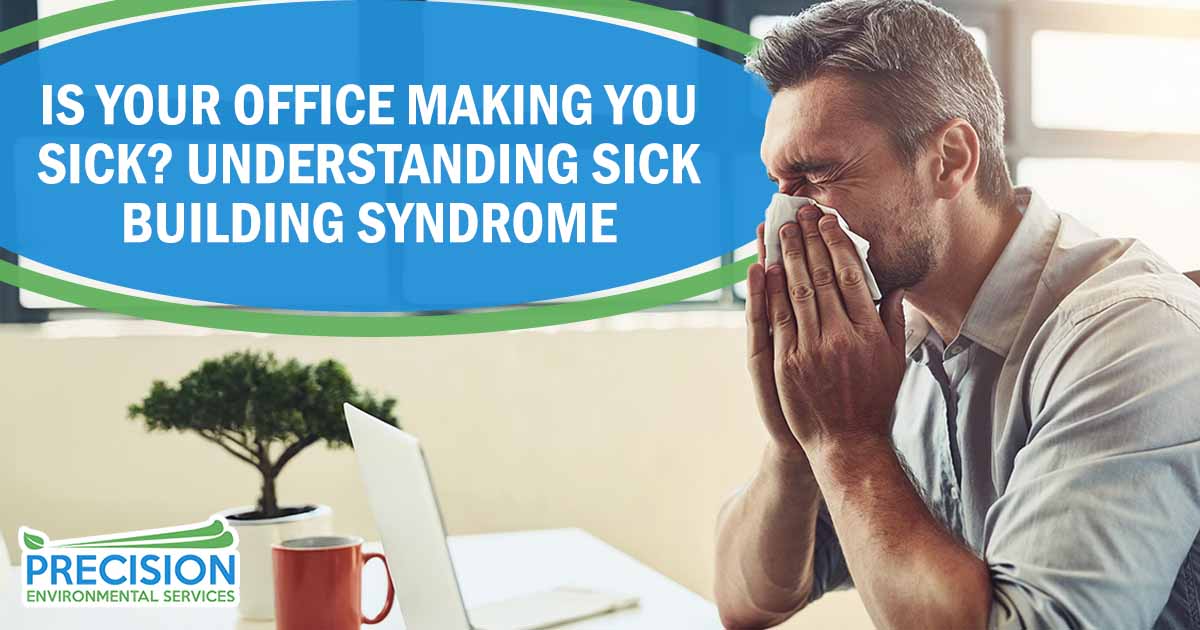Many people are aware of outdoor air quality testing, especially in larger cities where air pollution can be a big problem. However, many people don’t spend much time thinking about indoor air quality (IAQ). When it comes down to it, indoor air quality testing is just as important as outdoor air quality testing, especially in the places where you spend the most time like your home or office. With pre-occupancy air quality sampling or post-occupancy air quality sampling, you can find out if your home or office spaces have poor indoor air quality that could be detrimental to your health.
Pre-Occupancy and Post-Construction IAQ Sampling
When new buildings, be it homes, commercial buildings, or office space open, it’s always an exciting time. The same could be said for buildings that underwent renovations. The last thing anyone wants to worry about at that point is if the air inside is safe for occupants or not. However, poor air quality is a common issue when it comes to newly renovated spaces or new construction.
Demolition can put particulates into the air. Construction may use building materials that can release contaminates. Even decorating such as painting, staining, or hanging wallpaper can put dangerous chemicals into the air. Often, these contaminants aren’t noticed in the air until the building or renovations are complete. This is why it’s important to test the air quality before allowing people to move in or work in the building.
Three Pre-Occupancy Indoor Air Quality Tests
The following are three pre-occupancy IAQ testing options and what their results mean for you.
Total Volatile Organic Compounds (VOCs)
Volatile Organic Compounds, also called VOCs, can be quite harmful to your health. These are compounds off-gassed by various things such as:
- Adhesive
- Furniture
- Paint
- Varnish
- Vinyl
When exposed, people can experience allergic reactions, headaches, dizziness, respiratory distress, fatigue, and other potentially dangerous symptoms. Newly renovated areas and new buildings are highly susceptible to high concentrations of VOCs. This is typically due to adhesives, fresh paint, and other materials containing VOCs.
It’s important to measure VOC levels by taking and testing air samples. These tests will help determine if remediation is needed to create a safe indoor environment. Remediation typically includes improved ventilation and filtration until the materials have completed their off-gassing period.
Particulate Matter
Particulates suspended in the air including dander, dust, pollen, and smoke are referred to as particulate matter or PM. Most spaces have some degree of particulate matter present; however, high levels can lead to serious health issues such as long-term respiratory problems and allergic reactions.
New construction and recently renovated buildings are very vulnerable to high concentrations of particulate matter due to construction. Particulate matter tests determine if levels are too high for the space to be safely occupied. Remediation in this case still includes improved filtration and ventilation, but it’s also a good idea to inspect and clean the HVAC system to prevent further circulation of particulates.
Odors
Most people don’t think about odors as indoor air pollution, usually because they tend to be less of a health hazard and more of a comfort inconvenience. However, you shouldn’t overlook odors as they can greatly reduce productivity and decrease overall morale in the space. Odors can also often be a sign of a bigger problem.
When testing air quality for odors it’s important to test in multiple locations throughout the building. This can help narrow down the origin. Odors are commonly caused by a number of HVAC problems including a buildup of organic material and poorly placed intakes. Odors can also be related to other IAQ issues and should be investigated, followed up by planned remediation.
Post-Occupancy Indoor Air Quality Testing
Buildings occupied for more than a year can be evaluated according to the LEED Operations and Maintenance rating system under the category of Indoor Environmental Quality Performance. LEED (Leadership in Energy and Environmental Design) certification is globally recognized. It’s a building rating system developed in 1998 by the US Green Building Council.
All building owners should conduct both an occupant satisfaction review along with an air quality evaluation.
If you suspect the air quality inside your building or home is compromised, then you may want to consider hiring a professional service to come in and test the air. They will also be able to help pinpoint the source of the problem and help you resolve it. Here are some tips on when you may want to hire a professional to test air quality.
- Air distribution and ventilation – If some areas of your home or building are warmer or cooler than others, there may be a problem with the airflow, which directly impacts air quality.
- Drastic environmental changes – Indoor and outdoor environmental changes can also greatly impact indoor air quality. Nearby construction, renovation, and even road work, fires, pesticides, and other spray chemicals can allow air pollutants to enter a building or home. In your own home, old building materials may release common pollutants such as dust and mold. A mold problem can also lead to problems if left unchecked.
- Declining Health – Worsening allergies outside of your normal seasonal allergies could be caused by poor air quality. Take note of when your symptoms increase and decrease. If they tend to be worse at home or at the office, it may mean you have pollutants in the air.
Air quality monitoring is an inexpensive and simple way to make sure the people who live or work in the building are happy and healthy. It’s important to hire a reputable air quality sampling and remediation team to ensure proper steps are followed. Our experienced environmental consultants are happy to serve you and discuss your unique needs.
